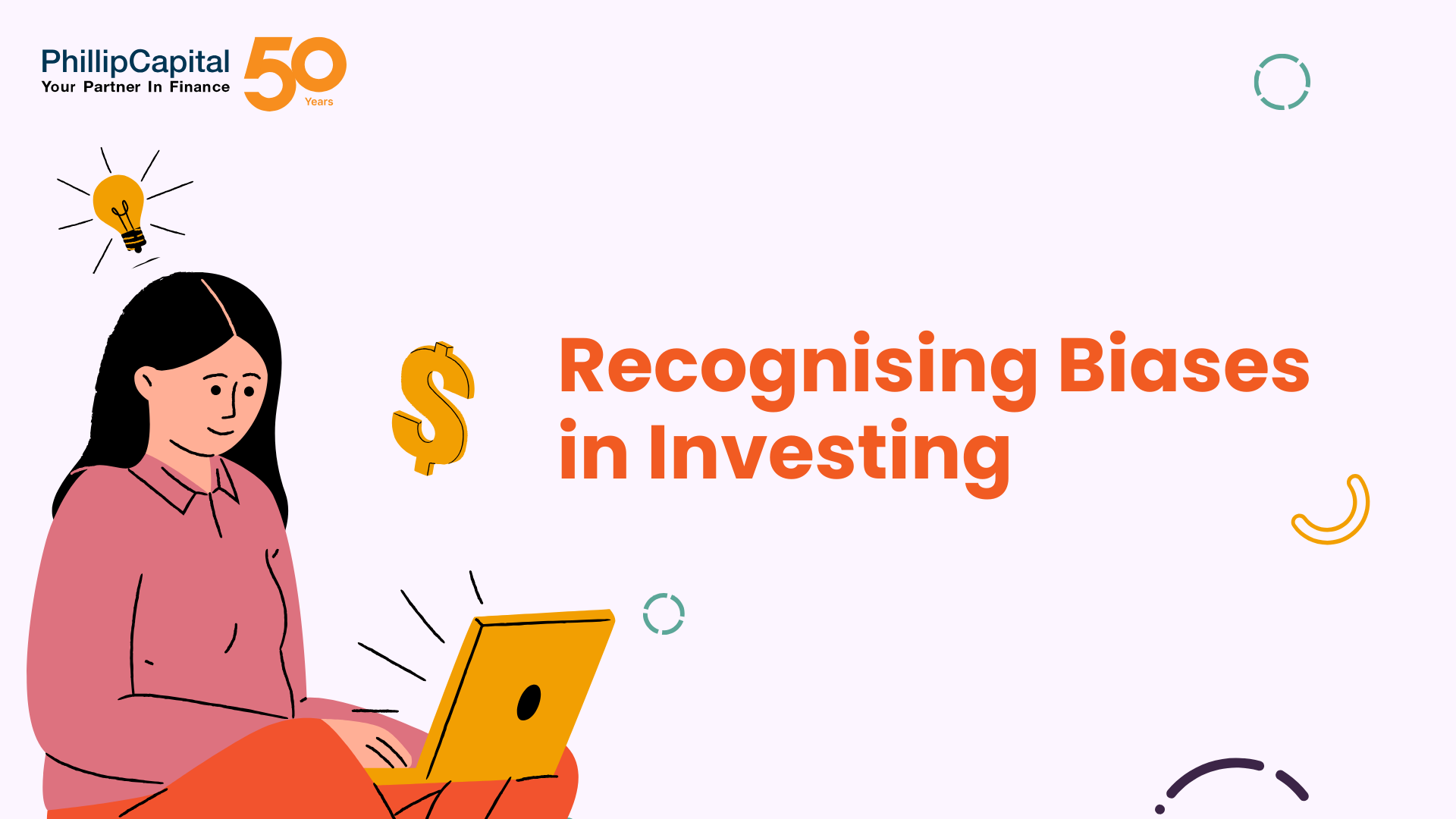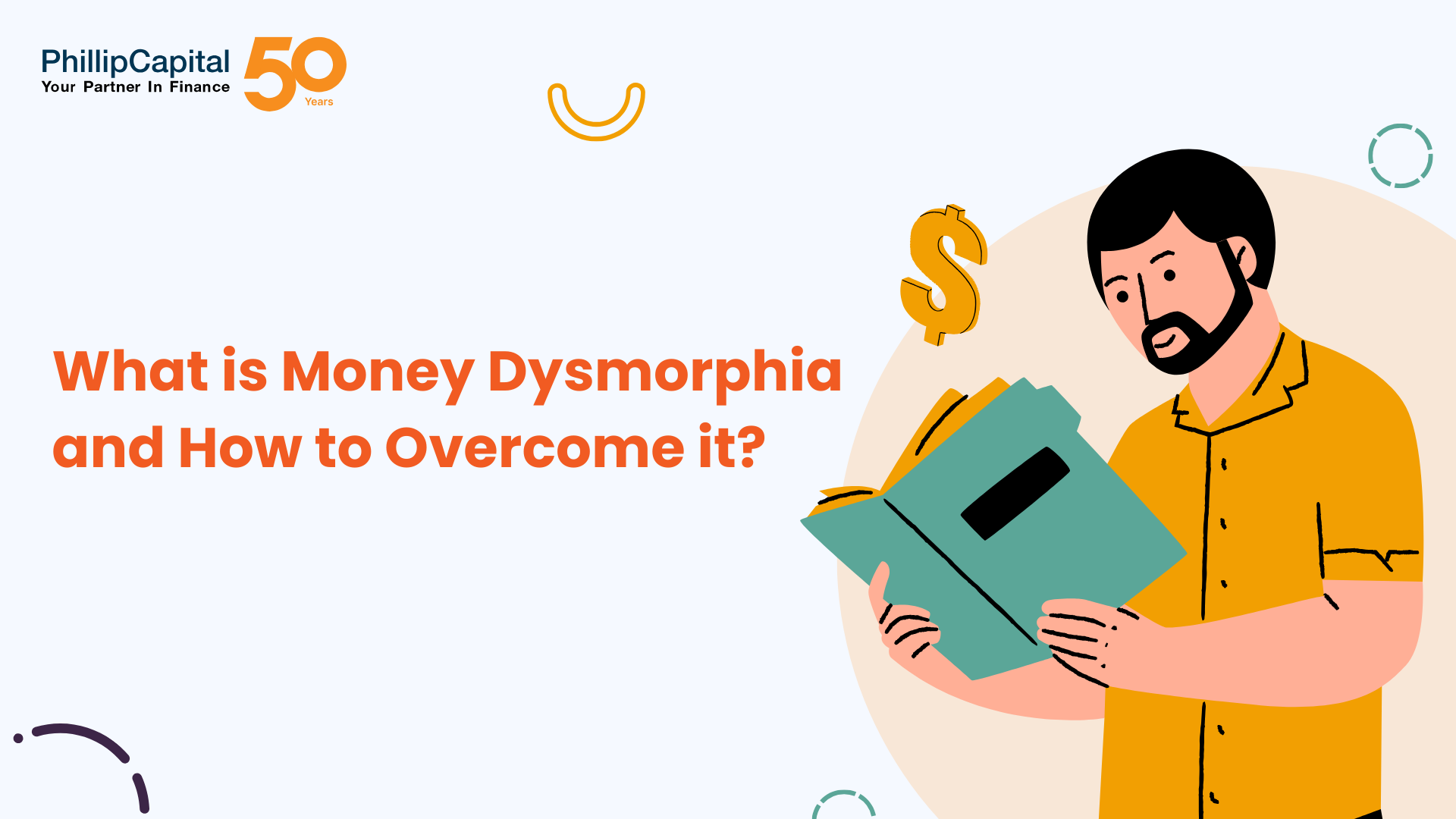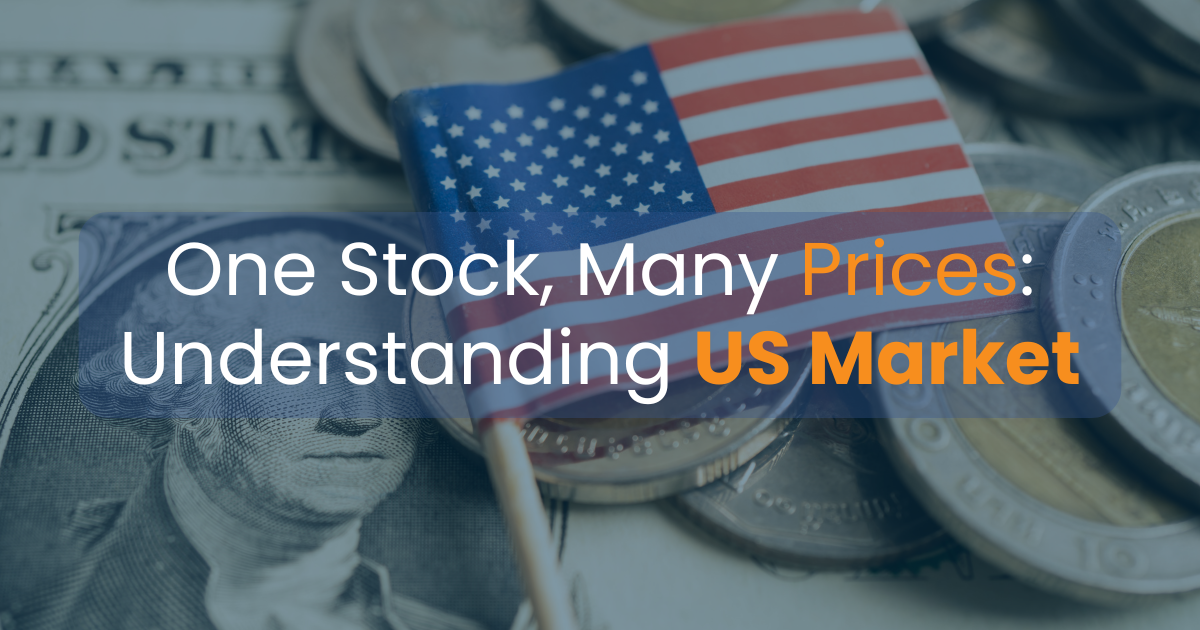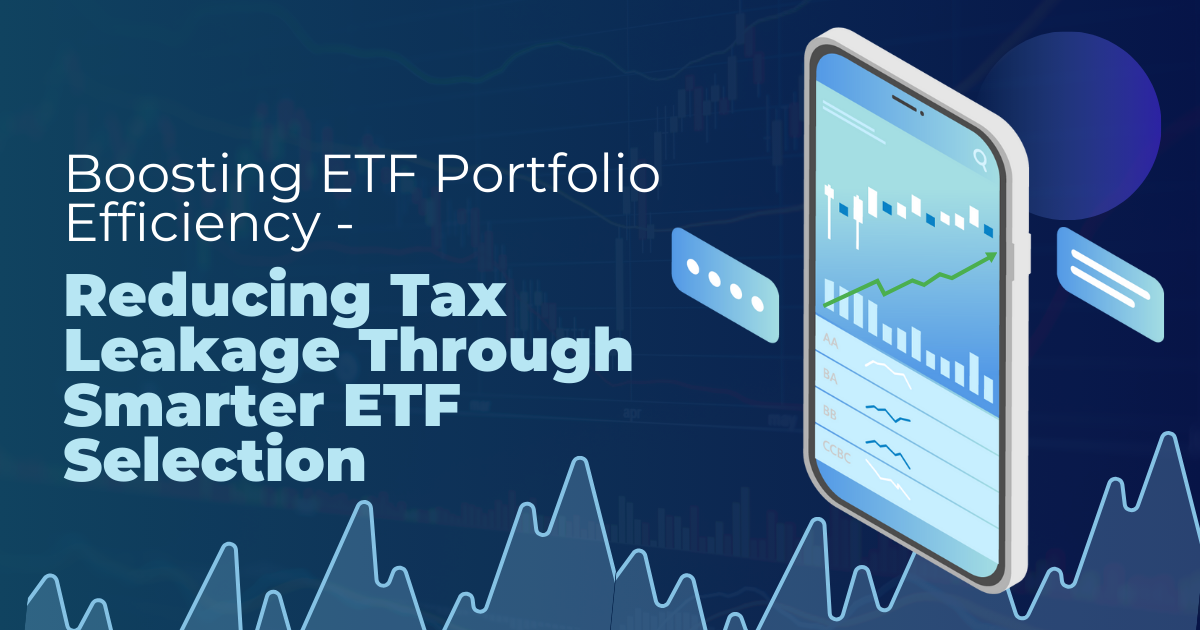Investment grade bonds
Table of Contents
Investment grade bonds
Bonds are perfect for those who do not have enough cash to invest but still want to make some gains. Not all bonds are the same, and not all investment-grade bonds are the same. Here we look at what investment– grade bonds mean and how an investor can choose the right bonds for their investment portfolio.
What are investment grade bonds?
A bond that has received an investment grade rating from a credit rating organization is known as an investment– grade bond. Investment grade bonds are considered less risky than non-investment grade bonds, and as such, they typically offer lower interest rates.
Bond ratings are provided by 3 main credit rating agencies (Standard & Poor’s, Moody’s, and Fitch). Thus every credit rating agency establishes a minimum bond rank for investment-grade bonds:
- Standard & Poor’s signifies bonds rated BBB- or higher as investment grade.
- Moody’s denotes investment-grade bonds rated Baa3 or higher.
- Bonds rated BBB- or higher by Fitch are regarded as investment grade.
Understanding investment grade bonds
High credit-rated investment-grade bonds are often traded in secondary markets and have a high credit rating. Government agencies or large companies mainly issue them. The credit ratings of the bonds vary depending on the issuer.
Bonds rated BBB or above are considered investment grade. The credit rating indicates the issuer’s ability to pay and the risk involved in holding the investment.
Knowing everything about them is a massive benefit if you are looking to trade bonds and if you are looking to buy bonds that have investment-grade qualities and not just better-than-average qualities.
Advantages of investment grade bonds
Investment grade bonds are debt securities rated by a credit rating agency as high quality. Large, stable companies typically issue them with good credit ratings. Investment grade bonds offer investors several advantages, including:
- Low default risk
Investment-grade bonds have a low probability of default, meaning that investors are unlikely to lose their principal investment.
- High credit quality
Investment-grade bonds are issued by companies with strong credit ratings, meaning they are less likely to experience financial difficulties.
- Diversification
Investment grade bonds can help to diversify a portfolio, as they tend to have low correlations with other asset classes.
- Quick Comparison
It facilitates quick comparisons of the different bonds and fixed income investing choices.
Disadvantages of investment grade bonds
There are some disadvantages to investing in investment-grade bonds.
- As they are considered safe investments, investment-grade bonds tend to be less volatile than other bonds. This means that they may not provide as much opportunity for capital gains as other bonds.
- Although it happens infrequently these days, it is feasible for a company to project a misleading cash flow financial situation with a high-risk bond and receive a fraudulent credit rating. Therefore, it is crucial to do your own research before investing.
- As companies issue them with high credit ratings, investment-grade bonds may be less likely to be downgraded than other bonds. However, if a company’s credit rating declines, its bonds’ value will also likely fall.
Overall, investment-grade bonds can be an excellent addition to a portfolio, but investors should be aware of the potential disadvantages before investing.
How to buy investment grade bonds?
Investment-grade bonds can be purchased in different ways. One way is to buy them directly from the issuer. This can be done through the company’s website or by contacting their Investor Relations department. Another way to purchase investment-grade bonds is through a broker. This is a good option if you don’t want to deal directly with the issuer.
When buying investment-grade bonds, it is essential to consider the yield. This is the amount of interest that you will receive on the bond. The yield can vary depending on the type of bond and the current market conditions.
It is also essential to consider the maturity date of the bond, and you will receive your principal back when the bond matures. The danger increases as the maturity lengthens, but so does the potential reward.
Investment-grade bonds can be a great addition to your portfolio. They offer stability and a higher potential return than other types of investments. When considering how to buy investment-grade bonds, be sure to consider the yield and the maturity date.
Frequently Asked Questions
It is an excellent choice for conservative investors, income investors, and retirees seeking to diversify their portfolios, as investment–grade bonds provide consistent cash flows with low risk.
Investment grade credit rating details are the specific rating criteria used by credit rating agencies to assess a company’s creditworthiness. These criteria include the company’s financial strength, ability to repay its debts, and history of meeting debt obligations. Investment grade credit rating details also consider the company’s business model, the overall industry environment, and any other factors that may impact its ability to repay its debts.
The investment grade vs high yield debate has been around for many years. Investment-grade securities are those that are considered to be of high quality and are less likely to default. On the other hand, high-yield securities are deemed to have lower ratings and are more likely to default.
Investment-grade securities are generally considered to be safer investments than high-yield securities. However, they also typically offer lower returns. High-yield securities, while they may provide higher returns, are also considered to be riskier.
Non-investment grade bonds are debt securities rated below investment grade by credit rating agencies. These bonds are also known as “junk bonds”. Junk bonds have a higher risk of default than investment-grade bonds, but they also offer higher yields. Junk bonds are often used by companies seeking to raise capital quickly, but they can be a risky investment.
Non-investment grade companies typically have lower credit ratings, typically below BBB-. These companies are considered to be of higher risk and may have to pay higher interest rates on their debt. They may also have difficulty accessing capital markets.
Related Terms
- Perpetual Bond
- Income Bonds
- Junk Status
- Interest-Only Bonds (IO)
- Industrial Bonds
- Flat Yield Curve
- Eurodollar Bonds
- Dual-Currency Bond
- Fixed-to-floating rate bonds
- First Call Date
- Agency Bonds
- Baby Bonds
- Remaining Term
- Callable Corporate Bonds
- Registered Bonds
- Perpetual Bond
- Income Bonds
- Junk Status
- Interest-Only Bonds (IO)
- Industrial Bonds
- Flat Yield Curve
- Eurodollar Bonds
- Dual-Currency Bond
- Fixed-to-floating rate bonds
- First Call Date
- Agency Bonds
- Baby Bonds
- Remaining Term
- Callable Corporate Bonds
- Registered Bonds
- Government Callable Bond
- Bond warrant
- Intermediate bond fund
- Putable Bonds
- Coupon Payment Frequency
- Bond Rating
- Bearer Bond
- Exchangeable bond
- Inflation Linked Bonds
- Indenture
- Lottery bonds
- Nominal Yiеld
- Sovereign Bonds
- Strip Bond
- Variable Rate Demand Note
- Unsecured Bond
- Government Bond
- Floating Rate Bond
- Variable Rate Bond
- Treasury Bond
- Subordinated Bond
- Callable Bonds
- Advance payment guarantee/bond
- Floating rate debt
- Credit Quality
- Accumulating Shares
- Notional amount
- Negative convexity
- Jumbo pools
- Inverse floater
- Forward Swap
- Underwriting risk
- Reinvestment risk
- Final Maturity Date
- Bullet Bonds
- Constant prepayment rate
- Covenants
- Companion tranche
- Savings bond calculator
- Variable-Interest Bonds
- Warrant Bonds
- Eurobonds
- Emerging Market Bonds
- Serial bonds
- Equivalent Taxable Yield
- Equivalent Bond Yield
- Performance bond
- Death-Backed Bonds
- Joint bond
- Obligation bond
- Bond year
- Overhanging bonds
- Bond swap
- Concession bonds
- Adjustable-rate mortgage
- Bondholder
- Yen bond
- Liberty bonds
- Premium bond
- Gold bond
- Reset bonds
- Refunded bond
- Additional bonds test
- Corporate bonds
- Coupon payments
- Authority bond
- Clean price
- Secured bonds
- Revenue bonds
- Perpetual bonds
- Municipal bonds
- Quote-Driven Market
- Debenture
- Fixed-rate bond
- Zero-coupon bond
- Convexity
- Compounding
- Parallel bonds
- Junk bonds
- Green bonds
- Average maturity
- Convertible Bonds
Most Popular Terms
Other Terms
- Protective Put
- Option Adjusted Spread (OAS)
- Non-Diversifiable Risk
- Merger Arbitrage
- Liability-Driven Investment (LDI)
- Guaranteed Investment Contract (GIC)
- Flash Crash
- Equity Carve-Outs
- Cost of Equity
- Cost Basis
- Deferred Annuity
- Cash-on-Cash Return
- Earning Surprise
- Capital Adequacy Ratio (CAR)
- Bubble
- Beta Risk
- Bear Spread
- Asset Play
- Accrued Market Discount
- Ladder Strategy
- Intrinsic Value of Stock
- Interest Coverage Ratio
- Inflation Hedge
- Industry Groups
- Incremental Yield
- Income Statement
- Holding Period Return
- Historical Volatility (HV)
- Hedge Effectiveness
- Fallen Angel
- Exotic Options
- Execution Risk
- Exchange-Traded Notes
- Event-Driven Strategy
- Enhanced Index Fund
- Embedded Options
- EBITDA Margin
- Dynamic Asset Allocation
- Downside Capture Ratio
- Dollar Rolls
- Dividend Declaration Date
- Dividend Capture Strategy
- Distribution Yield
- Depositary Receipts
- Delta Neutral
- Derivative Security
- Deferment Payment Option
- Dark Pools
- Death Cross
- Debt-to-Equity Ratio
Know More about
Tools/Educational Resources
Markets Offered by POEMS
Read the Latest Market Journal

Recognising Biases in Investing and Tips to Avoid Them
Common biases like overconfidence, herd mentality, and loss aversion influence both risk assessment and decision-making....

What is Money Dysmorphia and How to Overcome it?
Money dysmorphia happens when the way you feel about your finances doesn’t match the reality...

The Employer’s Guide to Domestic Helper Insurance
Domestic Helper insurance may appear to be just another compliance task for employers in Singapore,...

One Stock, Many Prices: Understanding US Markets
Why Isn’t My Order Filled at the Price I See? Have you ever set a...

Why Every Investor Should Understand Put Selling
Introduction Options trading can seem complicated at first, but it offers investors flexible strategies to...

Mastering Stop-Loss Placement: A Guide to Profitability in Forex Trading
Effective stop-loss placement is a cornerstone of prudent risk management in forex trading. It’s not...

Boosting ETF Portfolio Efficiency: Reducing Tax Leakage Through Smarter ETF Selection
Introduction: Why Tax Efficiency Matters in Global ETF Investing Diversification is the foundation of a...

How to Build a Diversified Global ETF Portfolio
Introduction: Why Diversification Is Essential in 2025 In our June edition article (https://www.poems.com.sg/market-journal/the-complete-etf-playbook-for-singapore-investors-from-beginner-to-advanced-strategies/), we introduced...









